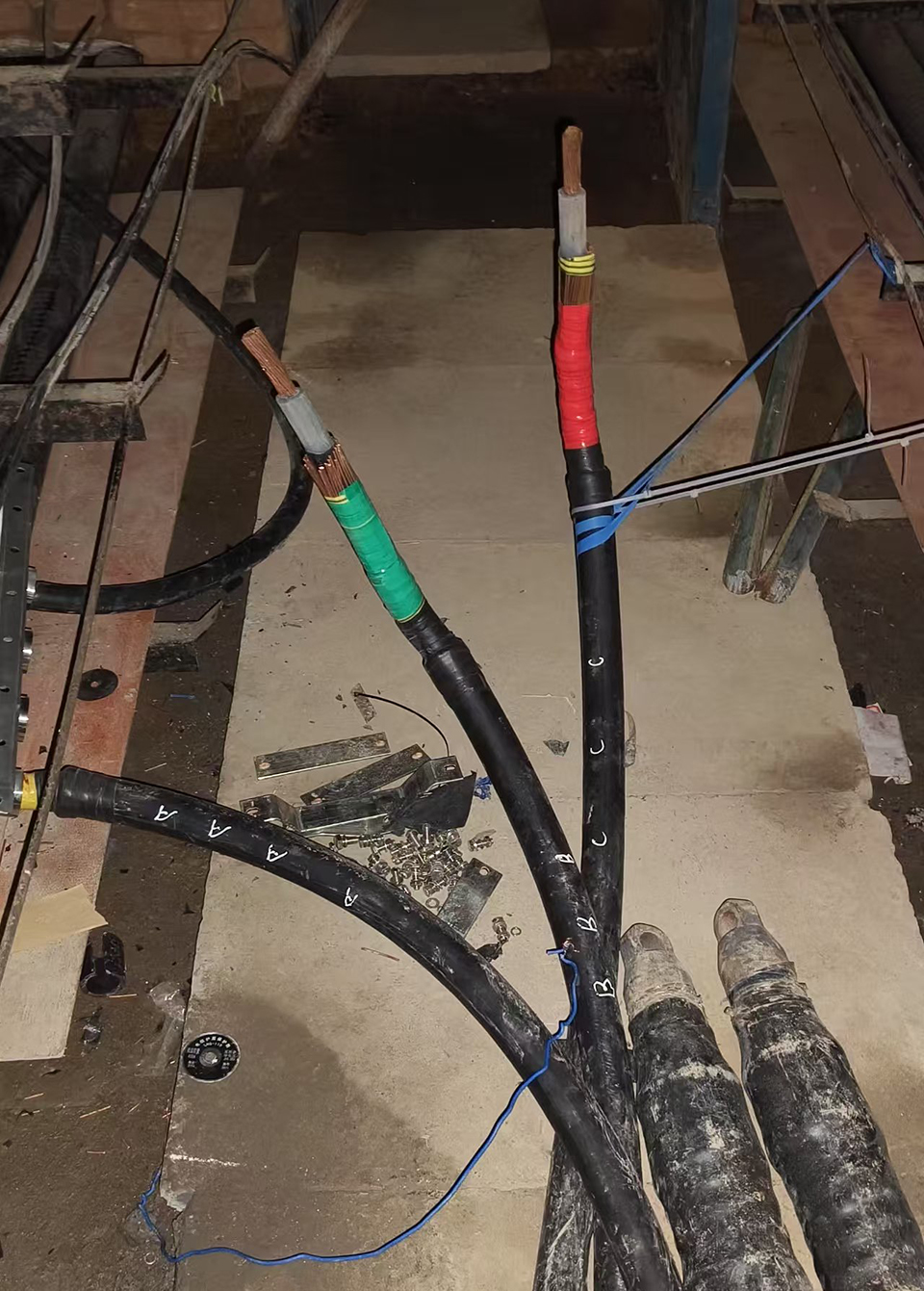
02 Jul-2025
Recently, the professional team of Wuhan Kaidi Zhengda, with profound experience and professional equipment, successfully located a grounding fault point on the outer sheath of a 110kV high-voltage cable for Wuhan High Voltage Institute, once again demonstrating its strength in the field of cable fault detection.
Kaidi Zhengda has been deeply involved in the field of cable fault detection for many years and has accumulated extremely rich experience. Team members not only possess a solid theoretical foundation, but also hone their superb skills in practical situations. Over the years, we have successfully handled nearly a thousand cable faults, ranging from simple short circuits to complex grounding faults, demonstrating our professional expertise and efficient execution capabilities. Faced with complex environments and special requirements for cable faults, they are always able to quickly develop scientifically reasonable solutions and accurately identify the fault points.
In previous projects, the Kaidi Zhengda team has encountered various complex cable failures. Whether it's high-voltage cables buried deep underground or insulation damage in overhead lines, they can accurately locate the fault location with rich experience and professional equipment. Especially when dealing with historical legacy issues or cable failures in special environments, the technical strength and problem-solving ability are fully demonstrated.
The grounding fault of the outer sheath of the 110kV high-voltage cable at Wuhan High School this time resulted in a cable length of over 600 meters. After receiving the task, the Kaidi Zhengda team quickly organized professional personnel to bring equipment to the scene.
After arriving at the site, the team first used the KD305 insulation resistance tester to test the insulation resistance of the cable, and the measured resistance value was 0.7 megaohms. Based on this, it was determined that the fault belonged to a high resistance fault. Subsequently, the KD-212 cable fault comprehensive tester was used to accurately measure the fault distance, and the results showed that the fault point was located about 12 meters from the starting end of the cable.
After determining the location of the fault, the team immediately carried out fault location work. By using a 5kVA 50kV power frequency boosting device combined with a 2-micron discharge capacitor, the cable is boosted to force the fault point to discharge, and an anti-interference signal fixed-point instrument is used to carefully monitor the discharge sound. At a distance of about 12 meters from the starting point, the discharge sound was clearly heard. After confirming the accuracy, guide the on-site construction personnel to excavate the ground, expose the cables, and present the fault points clearly.
In cable fault detection, the fault points closer to the starting point are often more difficult to detect, because the testing equipment has a "blind spot" phenomenon. Usually, cable testers have weak signal reflection and significant interference within a range of 10-20 meters from the starting end, which can easily lead to misjudgment. The fault point at 12 meters this time is located in this sensitive area, which places high demands on the technical experience and equipment operation skills of the testing personnel.
The Kaidi Zhengda team has successfully overcome this challenge with their rich experience and superb skills. They are proficient in using equipment, accurately analyzing data, and accurately determining the location of faults in complex situations, fully demonstrating the team's professional ability in close range fault diagnosis.

